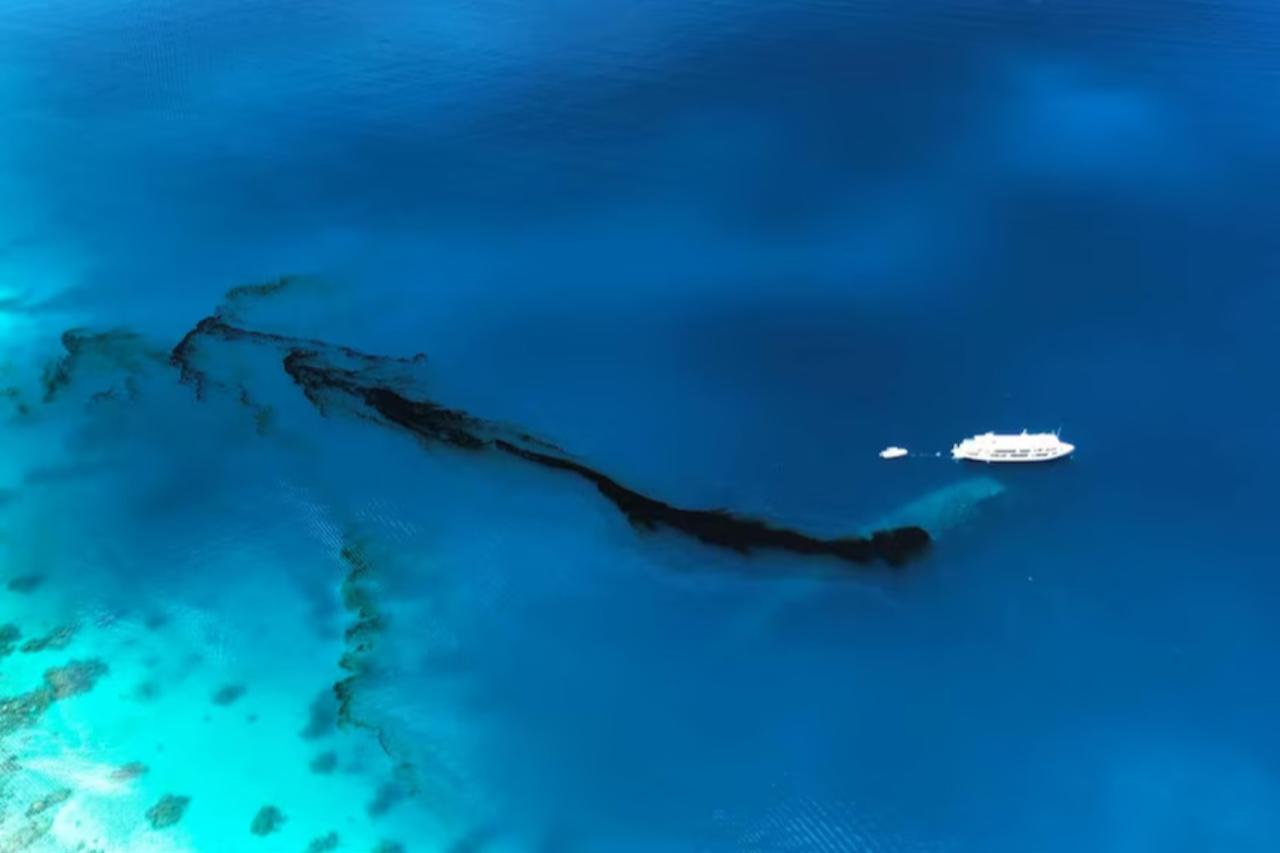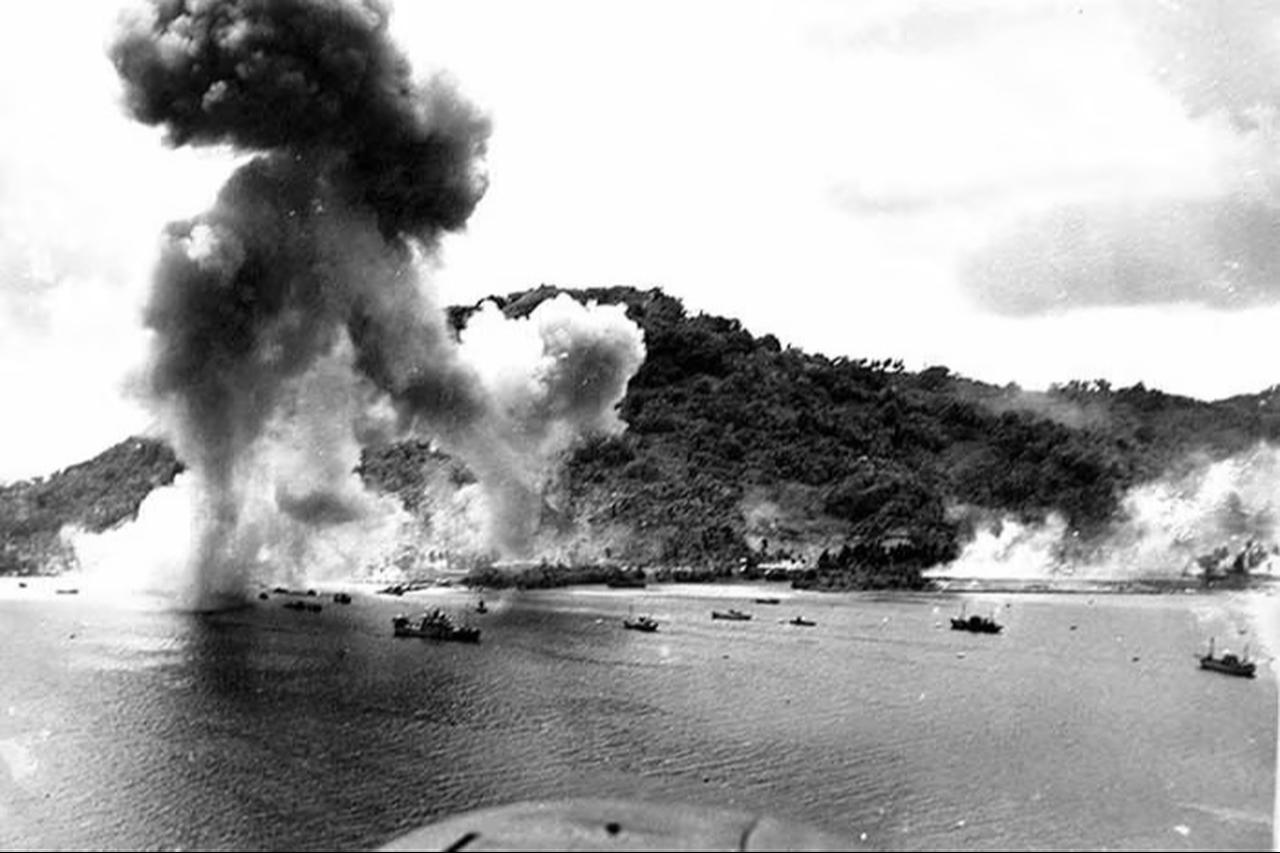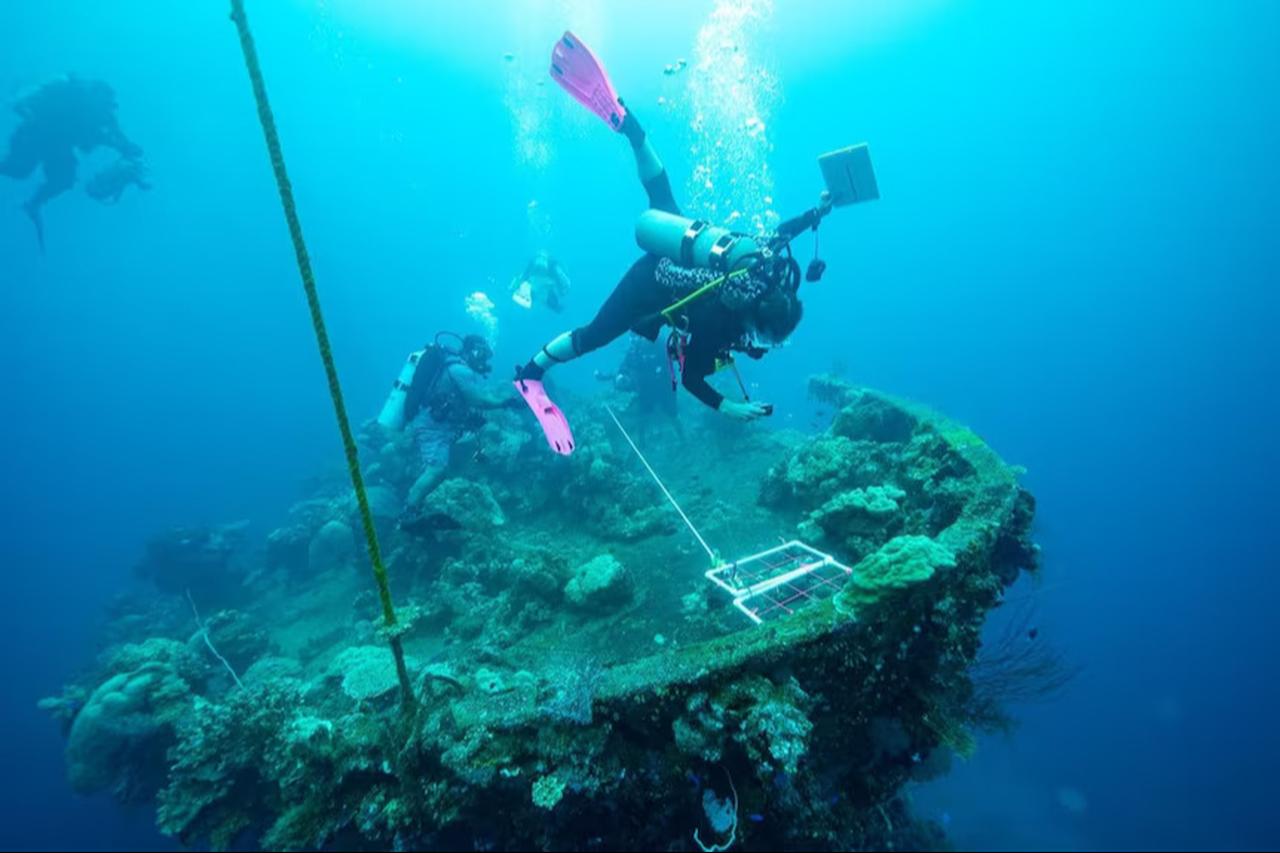
Toxic oil is leaking from World War II–era Japanese shipwrecks in the waters of Micronesia, threatening marine ecosystems and coastal communities, according to Australia’s ABC News.
Chuuk Lagoon—an atoll in the central Pacific and once a major Japanese naval base—is now considered the world’s largest graveyard of ships, with more than 60 sunken vessels and hundreds of aircraft. Officials warn that corrosion is picking up pace as seas warm and storms grow stronger, pushing the fragile hulks toward failure.

Oil from an old transport ship reached village shorelines last month, prompting a state of emergency. Local authorities say the wrecks also sustain the region’s tourism, which draws divers to the lagoon.
Peter Aten, Chuuk’s division chief of commerce and industry, said the latest leak signals a wider danger. “It’s obvious that this is just the beginning,” he said, noting that “we have 63 shipwrecks in our lagoon, and it would be a devastation if they all start leaking.”
Since 2017, Japan’s Mine Action Service has pumped out about 60,000 liters (15,850 gallons) of oil from the wrecks. Experts, however, estimate that as much as 22 million liters (5.8 million gallons) remain sealed inside deteriorating tanks and fuel lines. The volume still in place suggests that limited recoveries to date cannot keep up with accelerating decay.

In the early 2000s, then-Micronesian leader Manny Mori sought international assistance after fishermen reported oil traces on the lagoon’s surface.
He described the wrecks as a “ticking time bomb.” Scientists and officials now say rising sea temperatures and stronger storms are speeding up corrosion, turning old warnings into immediate risks for fisheries, tourism, and public health.
Chuuk leaders have applied to UNESCO to list the wrecks on the World Heritage List to draw global attention and unlock broader backing for conservation and risk-reduction work.
Supporters argue that the designation could help secure technical expertise and funding while preserving a site that bears heavy historical significance and growing environmental stakes.